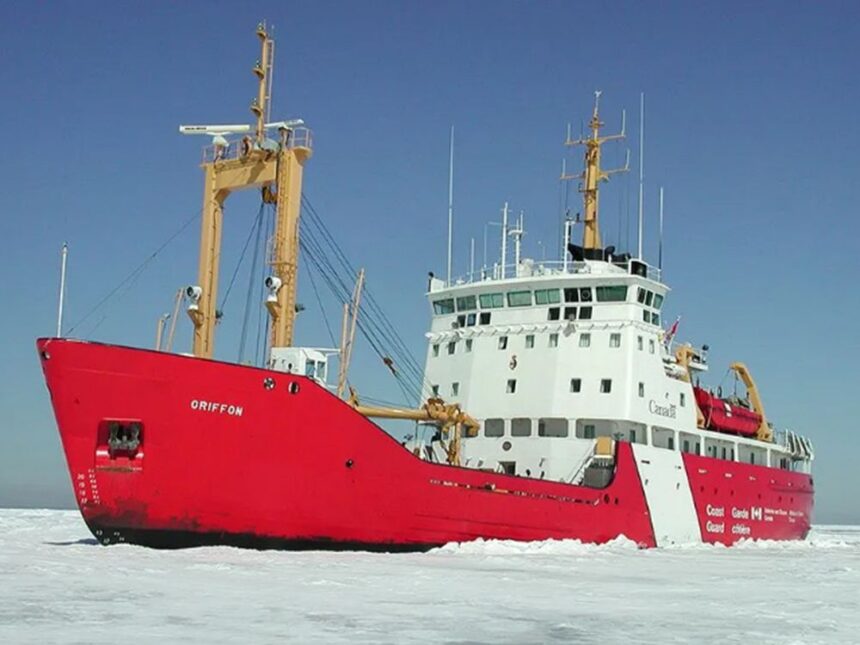Article – I’ve spent the past week speaking with Coast Guard employees struggling to understand a significant change that almost no one saw coming. When the Trudeau government announced it was moving oversight of the Canadian Coast Guard to the Minister of Defence’s portfolio, it sent ripples through an organization already navigating rough waters.
“We first heard about it on the news, just like everyone else,” said Mark Taylor, a 17-year Coast Guard veteran who serves on a search and rescue vessel in the Atlantic region. “One day we’re under Fisheries, the next we’re apparently reporting to Defence. But what does that actually mean for our operations? Nobody seems to know.”
The organizational shuffle, announced without fanfare in a July cabinet directive, has created significant confusion among the Coast Guard’s 6,000 employees. According to internal documents obtained through access to information requests, even senior management received minimal advance notice of the change.
The Union of Canadian Transportation Employees, which represents most Coast Guard personnel, reports being flooded with questions from members. “We’re getting hundreds of calls asking for information we simply don’t have,” said Sandra Wright, the union’s Coast Guard sector representative. “There’s been no clear communication about whether this affects our collective agreements, operational protocols, or even our fundamental civilian status.”
I reviewed over 50 pages of internal communications that reveal a scramble among Coast Guard leadership to understand the implications themselves. One briefing note labeled “Urgent” and dated two days after the announcement states: “Immediate guidance needed on reporting structures, budget authorities, and operational command questions arising from ministerial portfolio change.”
The Coast Guard has traditionally operated as a civilian, non-military agency focused on maritime safety, navigation support, and environmental response. Unlike the U.S. Coast Guard, which is a branch of their armed forces, Canada’s service has maintained its civilian character despite several departmental reorganizations over its history.
Former Coast Guard Commissioner Joseph Monteiro, who led the organization from 2012-2015, expressed concern about the abrupt nature of the change. “Moving such a complex organization requires careful planning and clear communication,” he told me during a phone interview. “When I oversaw a much smaller reorganization, we spent months preparing the workforce. This appears to have happened with virtually no transition planning.”
The Department of National Defence has been equally vague about what the new arrangement means in practice. When I contacted DND for clarification, spokesperson Lieutenant Commander Rebecca Morris provided only a brief statement: “The Canadian Coast Guard remains a civilian, non-military organization. The Minister of National Defence will provide portfolio oversight while operational details are being determined.”
That lack of specificity has fueled speculation among maritime security experts. Dr. Andrea Charron, Director of the Centre for Defence and Security Studies at the University of Manitoba, sees potential strategic benefits despite the rocky implementation.
“Placing the Coast Guard under Defence Ministry oversight could allow for better coordination in Arctic sovereignty operations and maritime domain awareness,” Charron explained. “But if this is merely a paper shuffle without meaningful integration planning, it risks creating more problems than it solves.”
For Coast Guard employees like Sarah Johnston, a maritime communications officer in British Columbia, the uncertainty affects day-to-day operations. “We’re still showing up and doing our jobs, but there’s this cloud hanging over everything,” she said. “Are our priorities changing? Will we be expected to take on more security-focused missions? It’s hard to plan when fundamental questions remain unanswered.”
The Coast Guard’s fleet replacement program, already behind schedule and over budget, faces additional complications from the ministerial shift. Documents from the Coast Guard’s Fleet Renewal Office indicate concerns about whether Defence procurement processes will now apply to vessels already in the acquisition pipeline.
“We have vessels in various stages of design and construction,” explained Robert Chen, a marine engineer with the Coast Guard’s Technical Services division. “If we suddenly have to align with Defence procurement regulations, that could add years of delays to an already challenging situation.”
Legal experts also question the process used to implement the change. Martha Jackman, Professor of Constitutional Law at the University of Ottawa, noted that significant organizational changes typically require more formal procedures.
“Usually, changes to ministerial responsibility for major government agencies involve Orders in Council with clear transition provisions,” Jackman said. “The apparent absence of detailed public documentation raises questions about how thoroughly the implications were considered.”
As this organizational uncertainty continues, Coast Guard employees remain focused on their critical missions – from search and rescue operations to maintaining navigational aids and responding to environmental emergencies.
The Public Service Alliance of Canada, which represents some Coast Guard personnel, has requested an urgent meeting with both ministers involved. “Our members need clarity about their mandate, reporting structures, and whether this change affects their terms of employment,” said PSAC regional coordinator Daniel Lapointe.
For now, Coast Guard vessels continue to patrol Canadian waters under a cloud of organizational ambiguity. As Taylor put it: “The ocean doesn’t care which minister we report to. But to do our jobs effectively, we need to understand who’s making decisions and what our priorities are supposed to be.”
I’ll continue investigating this story as more information becomes available about this significant but poorly explained change to one of Canada’s essential maritime services.






